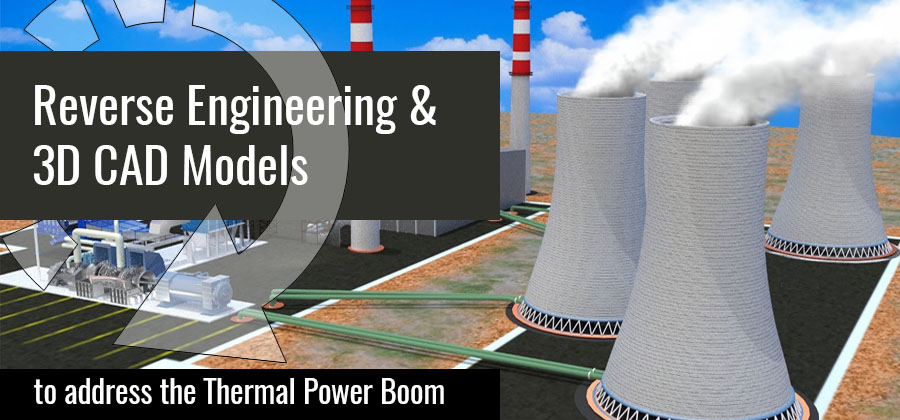
Increasing industrialization and population has led to the increased demand of power supply for electricity consumption over the past decade in African continent. The energy demand in Africa is expected to increase by 75% by the year 2040 with a capacity of power equipment of 565GW according to World Energy Outlook 2015. Specifically for Egypt, the nation has seen a constant up rise in electricity consumption; in fact it almost doubled its consumption over last thirty years.
Egyptian government has planned to add about 12400 MW of power during the period of 2012-2017. When such plans are unleashed by authorities, there are job opportunities that will get created and existing job roles are likely to get redefined.
Power plants in existence since decades; have equipments that are operational for quite a long time.
Generating this added power has compelled the tech teams to design robust equipment and install new plants with higher capacity. From technical viewpoint, increasing efficiency of existing equipment is to enhance the performance by analyzing existing designs and optimizing it for better output.
Most of the equipments used in power generation plants, are usually operational for quite a long time now. Their designs are existent since pre-computer era and need to be digitized in order to make them compatible to today’s modern approach of CAD software like SolidWorks.
Reverse engineering works efficiently in manufacturing products of improved utilization and a wide range of variety of complex products, particularly when CAD models are not required be generated from scratch. It is now a convenient task to convert existing designs to 3D CAD models through reverse engineering.
Manufactured equipment to be designed and analyzed
As against traditional CAD practices, where components are first designed, then analyzed, and then manufactured; reverse engineering converts the already existing parts/components into their designs and then makes the simulation possible with these 3D models. Reverse engineering has found its applications even in challenging scenarios, where a part is to be replaced but the design data is inadequate, to have as-is condition of the part or to upgrade the designs of existing components.
As mentioned earlier in this write-up, when government is undertaking capacity expansion plans, it comes down on design engineers to develop and design equipments or enhance the capacity of existing components for better performance.
For reverse engineering machinery parts or machinery components, usually the first step is to accurately measure the dimensional aspects and geometrical features with a Coordinate Measuring Machine [CMM] in x, y and z axes. Millions of scanned point data in the cloud then form a base for 3D CAD model generation and simulate the model for optimizing the designs.
Necessary changes can be incorporated in the model based on the optimization decisions with CAD software along with Geomagic Design X for proper meshing. Geomagic Plug-in for SolidWorks, expedites reverse engineering for legacy products like power plant equipments.
Reverse engineering enables fundamental changes in designs of power plant equipments like turbines, pumps, etc.
Besides, with reverse engineering, for plant equipments like turbines, pumps, etc., designs can be digitized and stored in an editable CAD format, enabling the most fundamental changes in designs. It further allows, analyzing and studying the parts in as-built condition, reproducing the 3D data to troubleshoot the problems and product enhancement. It essentially offers convenience in analyzing complex part of any small or large equipment, examine its geometry and update the changes in model for manufacturing.
CAD tools are a must to successfully reverse engineer your product or system. These 3D CAD models when incorporated with changes allow simulation and validation of designs in virtual environment for design optimization. Reverse engineering holds a prime importance when it comes to design upgradations or digitizing the designs for existing products.
Conclusion
Reverse engineering has thus proved to be beneficial in optimizing the existing designs for enhanced solutions. With increasing demands of power generation, design engineers need to focus on performance of existing equipment and upgrade the designs as per the needs. This makes reverse engineering an important vertical associated with CAD, since it allows reproducing and digitize the workflow empowering the designer to deliver excellence in designs.





